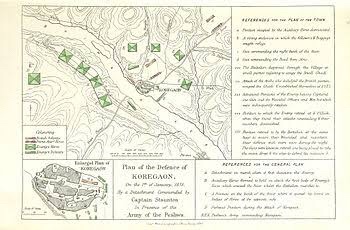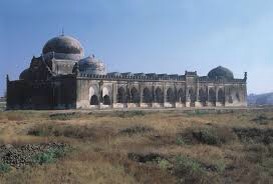BJP is winning elections not because of anti-incumbency or development.
Neither do I believe that EVMs are being hacked.
There is something, which is not obvious and is elusive to common perception.
And that is- BJP is winning because of Congress.
There were (and are) sangh affiliated men in Congress, since the time of its inception.
Okay, the sangh was created 40 years after formation of Congress, but the sangh ideology was there even before its formal inception.
What makes me say so?
Look at 2014 Lok Sabha elections.
BJP won with a massive majority of 282 seats.
How many were ex-Congressmen in this?
116 of them.
Take the recent Tripura elections.
BJP got 1.7% votes in 2013 elections.
It jumped to 41.4% this year. (see chart)
The Left suffered a loss of just 3.4%.
The 35% gain in vote share that BJP got was due to Congress alone.
When the BJP announced its list of candidates for 44 of 51 seats,
ALL of THEM were Ex-Congressmen.
So there were BJP moles in Congress since long.
It’s not that only Congress is infected, other parties too have such moles in them.
There exist such moles in Left bastion as well, which speaks for their fast eroding presence.
These moles in the Left jeopardised the functioning of the UPA government during 2010-14.
So what lies ahead?
Answer is- Not much.
Even if Congress comes back to power in 2019, Democracy in India is already dead.
I say this because politics in India does not work the way it appears.
It’s not Congress Vs BJP.
“Congress mukt Bharat” was another jumla of BJP.
The reality is that-
BJP is Congress yukt today.
It wasn’t a Hindu-Muslim issue either.
That’s another pretext to grab power-political power.
When you have political power, you have the resources of the country at your command.
The capitalist class which spent roughly 30,000 crores rupees during 2014 Lok Sabha elections, wanted a party which caters to capitalist interest.
The policies of the present govt. during last 4 years testify the above statement.
Modi was a Hindutva mascot.
They needed him- for votes. For power.
Once the capture over the resources is complete, they would no longer need him.
Modi would be history in few years.
And if my prediction is correct- in few months.
He would be replaced by a more moderate face.
Coz communalism in the long run would be detrimental to the capitalist class’ interest.
They would need a person who has a moderate image.
Might be even Rahul Gandhi.
However, this political transformation would not be without a conflict with the Sangh.
But then, money rules.
In event of political change (i.e. Congress taking over BJP in 2019), the moles would change sides again.
Modi has paved the way for capitalist.
And if you expect that there would be a policy change if Congress comes to power in 2019.
You’re sadly mistaken.
Let me make it simpler through an equation: It’s merry go round.








